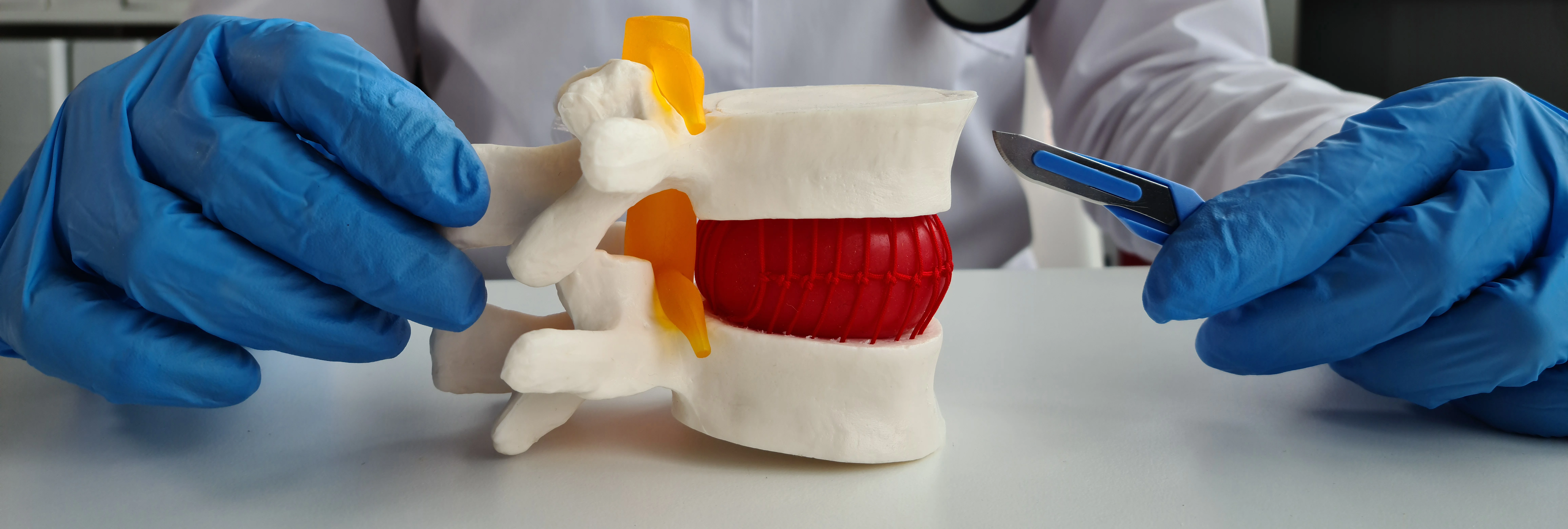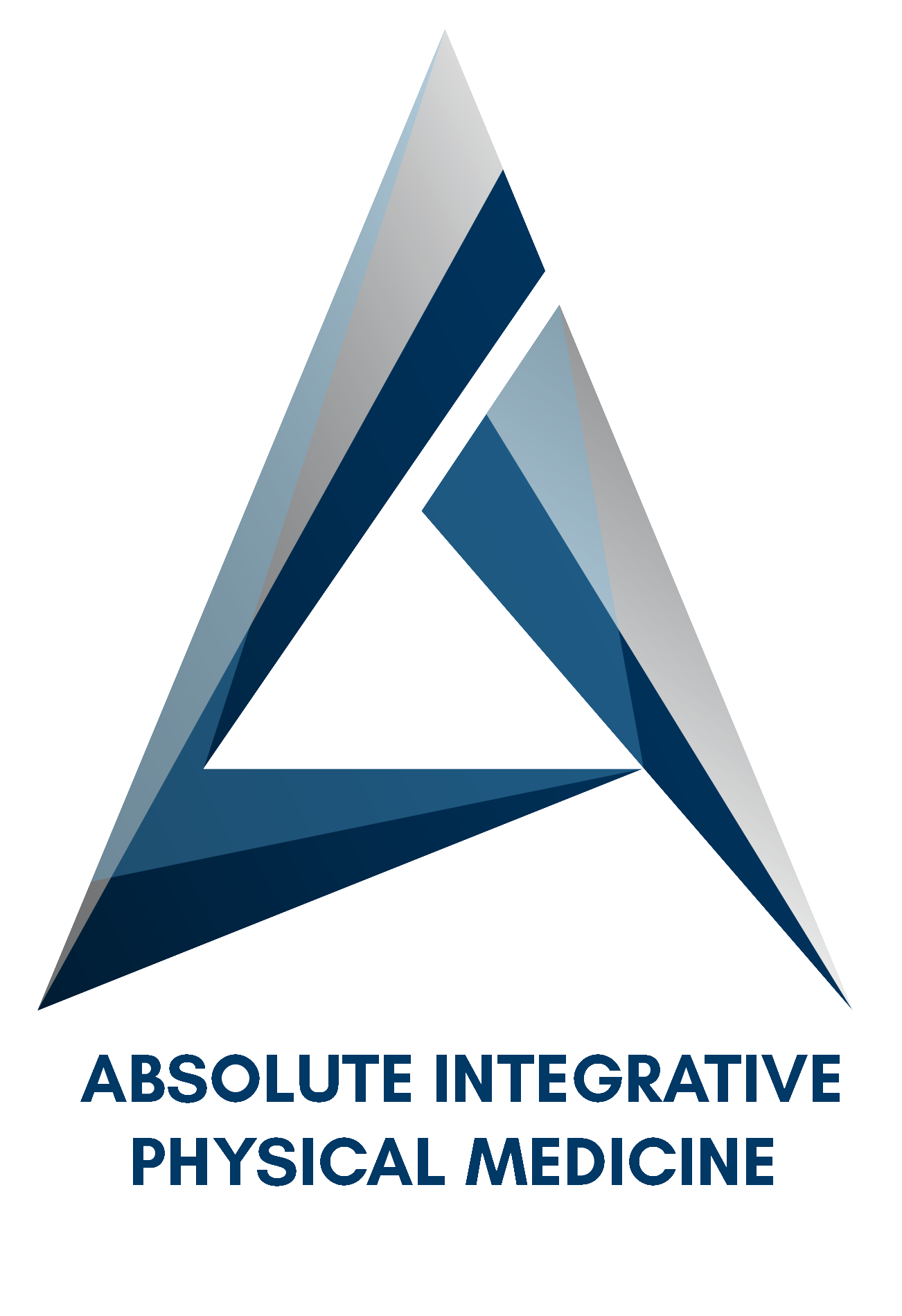Can a Chiropractor Help a Bulging Disc?
Dealing with back pain can be challenging, especially when it disrupts your daily life. A bulging disc is a common cause of discomfort, leading many people to search for effective, non-invasive solutions. One question often asked is: Can a chiropractor help a bulging disc? The answer is a confident yes. Chiropractors specialize in spinal health and are equipped to provide relief for this condition through natural, drug-free methods.

What Is a Bulging Disc?
The human spine is made up of individual bones called vertebrae, with discs sitting between them. These discs act as cushions, absorbing shock and allowing the spine to move flexibly. Each disc has a tough outer layer and a gel-like center.
A bulging disc occurs when the outer layer weakens, causing the disc to protrude beyond its normal boundaries. While the disc itself doesn’t rupture (as in a herniated disc), the bulge can press on nearby nerves, leading to pain, numbness, and other symptoms.
Symptoms of a Bulging Disc
Bulging discs can occur anywhere in the spine, but the most common areas are the lower back (lumbar spine) and neck (cervical spine). The symptoms often vary depending on the location and severity.
Common signs include:
• Back pain: Persistent or sharp pain in the lower back or neck.
• Nerve pain: Tingling, numbness, or weakness in the arms, legs, or buttocks.
• Sciatica: Radiating pain down one leg, common with lumbar bulging discs.
• Support for Chronic Conditions: Aids in tissue repair for chronic illnesses.
• Reduced mobility: Difficulty bending, standing, or walking without discomfort.
How Chiropractors Can Help a Bulging Disc
Chiropractors are spinal health experts trained to address issues like bulging discs. Their goal is to reduce pressure on the affected disc, improve alignment, and promote healing. Here’s how they help:
1. Spinal Adjustments - One of the main tools chiropractors use is spinal adjustments. These involve gentle, controlled movements to realign the spine. When the spine is in proper alignment, pressure on the bulging disc is reduced, which can alleviate pain and restore movement.
2. Spinal Decompression Therapy - Decompression therapy stretches the spine to create space between vertebrae. This technique helps retract the bulging disc, relieving nerve pressure and improving blood flow to the area for faster healing.
3. Personalized Exercises - Chiropractors often prescribe specific exercises to strengthen the muscles supporting your spine. These exercises not only improve posture but also reduce stress on the discs and prevent future problems.
4. Lifestyle Recommendations - Chiropractors take a holistic approach, offering guidance on maintaining spinal health. This might include advice on posture, ergonomic adjustments, and weight management to reduce strain on the spine.
Initial Assessment
Your first session involves a thorough evaluation. The chiropractor will ask about your symptoms, medical history, and daily activities. Imaging tests, such as X-rays or MRIs, may be used to confirm the diagnosis and determine the exact location of the bulging disc.
Customized Treatment Plan
Based on the assessment, the chiropractor will create a treatment plan. This may include spinal adjustments, decompression therapy, and at-home exercises.
Ongoing Care
Chiropractic care is a gradual process. While some people feel immediate relief, others may require multiple sessions to see significant improvement. The goal is to reduce pain, restore mobility, and support long-term spinal health.
What to Expect During Chiropractic Treatment
When you visit a chiropractor for a bulging disc, the process is tailored to your specific needs.
Benefits of Chiropractic Care for Bulging Discs
Chiropractic care offers several advantages over traditional treatments like medication or surgery:
• Non-invasive: No need for surgery or injections.
• Drug-free: Relieves pain without relying on medication.
• Personalized: Treatment plans are tailored to your unique condition.
• Holistic: Addresses the root cause of the issue, not just the symptoms.
When to Seek Chiropractic Care
If you’re experiencing persistent back pain, tingling, or numbness, it’s important to seek help sooner rather than later. Chiropractors can provide effective relief for most cases of bulging discs. However, if your condition is severe, they will refer you to a specialist for additional care.
So, can a chiropractor help a bulging disc? Absolutely. Chiropractors use specialized techniques to relieve pain, improve spinal function, and support the healing process. Their non-invasive approach makes them a safe and effective option for managing this condition.
If you’re struggling with the discomfort of a bulging disc, don’t wait. Schedule an appointment with a chiropractor today and take the first step toward a pain-free, active life.
Latest Articles
Connect with Us
Ready to find relief? Don’t wait any longer
—reach out to us and lock in your appointment time for the care you deserve!
Connect with Us
Ready to find relief? Don’t wait any longer—reach out to us and lock in your appointment time for the care you deserve!

